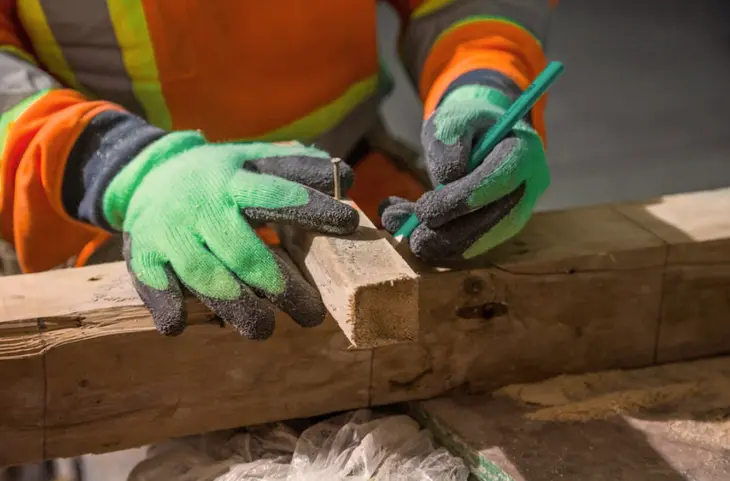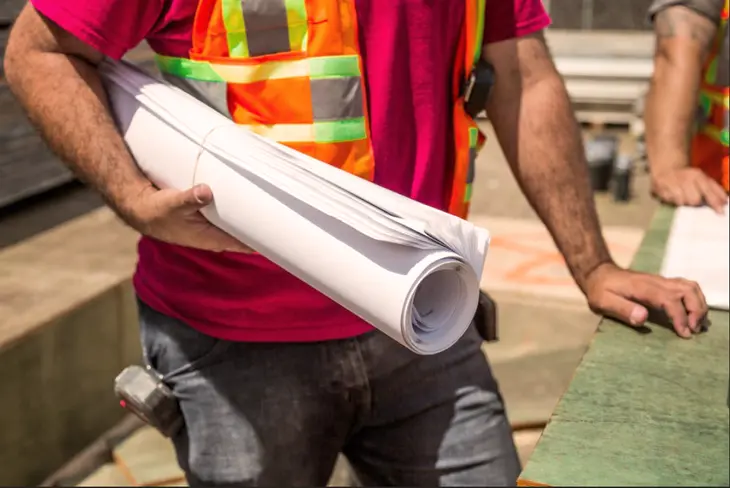
The Future of Construction: Embracing 3D Printing Technology
- Admin
3D printing technology has emerged as a disruptive force in the construction industry, offering innovative solutions to traditional building methods. In this article, we explore the potential of 3D printing technology in construction, its benefits, applications, and the challenges it presents to the future of building.
Introduction:
As the construction industry seeks more efficient, cost-effective, and sustainable building solutions, 3D printing technology has emerged as a promising innovation. By leveraging advanced robotics and additive manufacturing techniques, 3D printing offers the potential to revolutionize the way we design and construct buildings. In this article, we'll delve into the transformative impact of 3D printing technology on the future of construction.
1. Advantages of 3D Printing in Construction:
3D printing technology offers several advantages over traditional construction methods. By utilizing computer-aided design (CAD) software and robotic arms, 3D printers can fabricate complex architectural forms with precision and speed. This enables architects and designers to explore innovative geometries and customized designs that were previously impractical or cost-prohibitive. Additionally, 3D printing reduces material waste and labor costs, making construction projects more sustainable and economically viable.
2. Applications of 3D Printing in Construction:
3D printing technology has a wide range of applications in construction, spanning from small-scale architectural prototypes to large-scale building components. In addition to producing walls, floors, and structural elements, 3D printers can create intricate details, decorative elements, and customized finishes. Moreover, 3D printing enables on-site fabrication, allowing for rapid construction of temporary shelters, disaster relief housing, and infrastructure in remote or challenging environments.
3. Sustainable Construction with 3D Printing:
Sustainability is a key consideration in modern construction practices, and 3D printing technology offers opportunities for more sustainable building solutions. By using recycled materials, such as recycled plastics and concrete aggregates, in the printing process, builders can minimize the environmental impact of construction projects. Furthermore, the precise nature of 3D printing reduces material waste and energy consumption, contributing to the overall sustainability of the built environment.
4. Challenges and Limitations:
Despite its potential, 3D printing technology in construction faces several challenges and limitations. Scaling up 3D printing for large-scale construction projects requires significant investment in equipment, materials, and training. Additionally, regulatory hurdles and building code compliance issues may hinder the widespread adoption of 3D printing in construction. Moreover, the quality and durability of 3D-printed structures need to be thoroughly evaluated to ensure structural integrity and long-term performance.
5. The Future of Construction with 3D Printing:
Despite the challenges, the future of construction with 3D printing looks promising. As technology advances and costs decrease, 3D printing is expected to become more accessible and mainstream in the construction industry. Innovations in materials, robotics, and digital design tools will further enhance the capabilities of 3D printing technology, opening up new possibilities for architects, engineers, and builders to create sustainable, efficient, and aesthetically compelling structures.
Conclusion:
In conclusion, 3D printing technology has the potential to revolutionize the construction industry by offering innovative solutions to traditional building methods. From sustainable construction practices to customized architectural designs, 3D printing is reshaping the way we build and envision the built environment. As we embrace this transformative technology, the future of construction holds exciting possibilities for creativity, efficiency, and sustainability.
